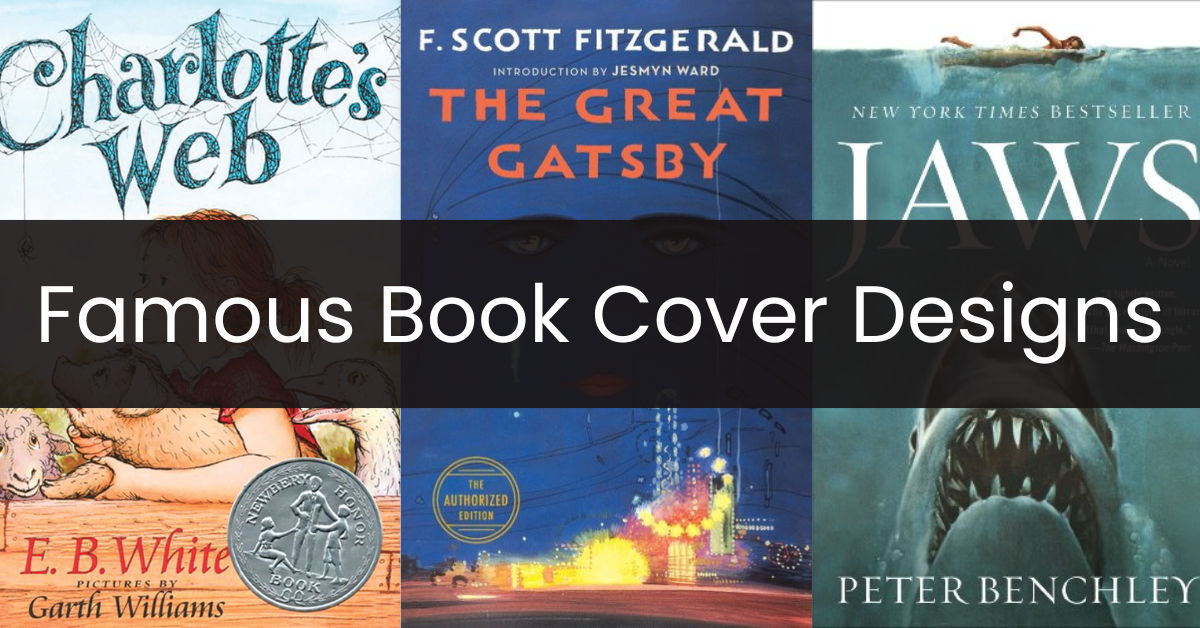In a world bombarded with images and messages from all sides, it’s no wonder that book covers have become increasingly important in recent years. After all, a book’s cover is often the first thing potential readers will see, so it must make a good impression. However, what makes a great book cover? Book lovers, designers, authors, and publishers have debated this question for years. Is it the artwork? The colors? The font? The overall design? There is no definitive answer, but some elements can make a book cover stand out. Looking at famous book covers can help identify those elements and even become an inspiration for any upcoming book cover project.
Famous Book Covers
Ultimately, there is no one formula for a perfect book cover. However, countless examples of famous book covers were able to strike a balance between being eye-catching and informative and leave readers eager to crack open the book and see what’s inside. Here are a few examples of those famous book covers.
1. Charlotte’s Web by E.B. White
Many people are familiar with the book cover of Charlotte’s Web by E.B. White which Garth Williams illustrated. That’s no surprise because this book cover is instantly recognizable and has become synonymous with the classic novel that it represents. The book cover features the characters, starting with the red-haired girl holding a young pig, the sheep, and the goose. The background and wooden fence make it easy to say that this story happened on a farm. Of course, there’s no way any potential reader would ignore the title, let alone the spider weaving the words. It’s a compelling play on the design, as it gives the readers a glimpse of what they’re in for the book and the story’s themes of friendship and loyalty. This classic cover has been reprinted many times but retains its enchanting power, all thanks to the creativity exhibited from the typography to the cover artwork.
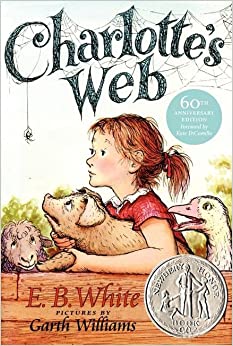
2. Pride and Prejudice by Jane Austen
Book covers sometimes use symbolic figures to represent the book’s contents. These figures can be anything from animals to people to inanimate objects. A well-chosen symbolic figure can add incredible depth and meaning to a book cover, and that’s what Pride and Prejudice accomplished. The iconic peacock edition of this timeless classic released in 1894 is now a beautiful collector’s edition that features a stunning peacock design on the cover. There’s only one peacock in the illustration, but you’ll find several tails embellishing the book cover. Although the writer, Jane Austen, mentioned no peacock in the novel, the illustrator, Hugh Thompson, used the animal to represent themes like beauty, courtship, and vanity, which were present in the book. Symbolic figures can be a great way to communicate a particular message or mood on a book cover. When used effectively, like in the Pride and Prejudice book, they can create an immediate visual impact and help convey the overall tone.
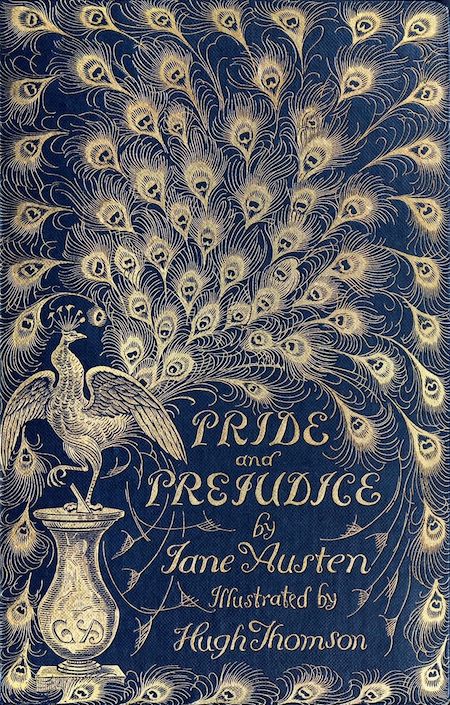
3. The Great Gatsby by F. Scott Fitzgerald
While The Great Gatsby is undoubtedly a classic novel, its cover is as iconic as the book and has become one of the most instantly recognizable book covers of all time. Little-known Spanish artist Francis Cugat was the designer behind this masterpiece. The artwork directly influenced F. Scott Fitzgerald in that he intentionally edited his writing to connect it with the book cover. The striking cover artwork (also named Celestial Eyes) shows a face on a solid blue sky over a cityscape with bright yellow and red lights similar to New York’s. Looking closely at the eyes would reveal nude female figures, which may symbolize something from the novel. The artwork also shows a green light, hidden or possibly disguised as a falling tear. While this painting could stand alone, it did an excellent job as a book cover for something as iconic as the artwork.
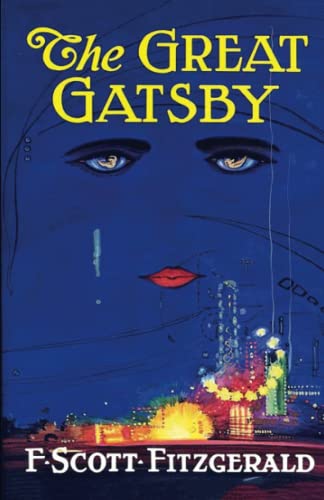
4. To Kill a Mockingbird by Harper Lee
When creating a book cover, using relevant symbols can significantly add depth and meaning to your design. To Kill a Mockingbird, written by Harper Lee, is a classic of modern American literature that integrated this into its book cover. The book did gain popularity for its story, but the cover artwork also helped solidify its position in the list of famous books. Shirley Smith designed the iconic cover of Harper Lee’s To Kill a Mockingbird in 1960. Many people think it was too simple, but the artwork was still the favorite of many book lovers. This famous book cover features an oak tree which plays a relevant and pivotal role in the story. While others may think using the mockingbird would reflect the novel more, the oak tree ignites curiosity, making readers interested in what it means for the story. It’s a clever decision for To Kill a Mockingbird since symbols can be a powerful tool for conveying the themes and messages of a book.
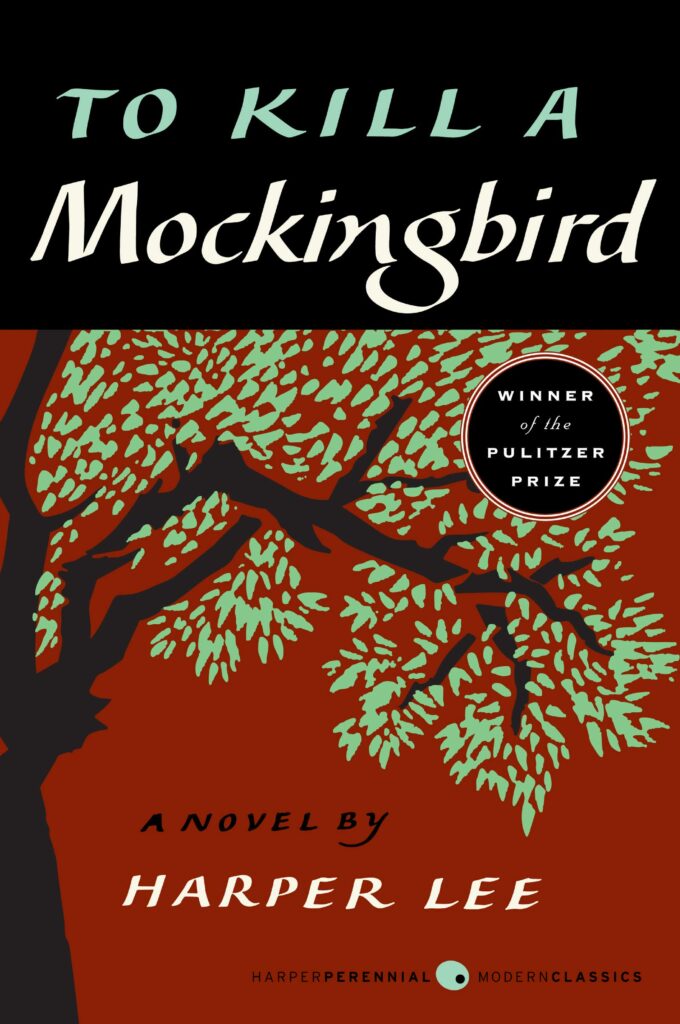
5. Jaws by Peter Benchley
Using a scene from the book as inspiration for the cover is a great way to capture the essence of the story. It also allows for a more creative and unique book cover than a traditional headshot of the author or a generic image. Take the cover artwork of Jaws as an example! Before the American thriller film graced the big screen, Jaws was originally a classic suspense novel by Peter Benchley. The iconic version of its book covers that most fans remember and love was the colorful one designed by illustrator Roger Kastel. The simple image of a great white shark’s open mouth, with its rows of razor-sharp teeth, is both menacing and intriguing. Many people fear the great white sharks, and this cover perfectly captures that terror, primarily since the artwork features one of the scenes on the book’s first pages. Seeing the book cover, readers will want to check out the book in hopes of knowing what will happen to the swimmer unsuspectingly swimming as an impossibly large shark rises from the depths, ready to attack her!
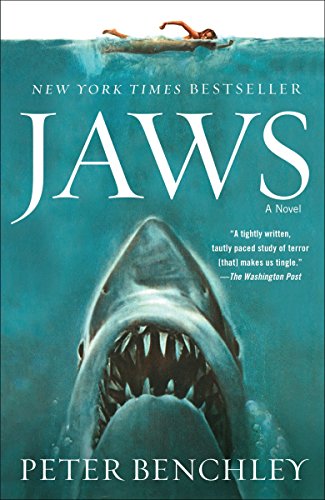
6. The Catcher in the Rye by J.D. Salinger
Some of the most iconic cover artworks in literature are the most analyzed and discussed today. Authors and readers find value in these book covers because they can dissect them for hidden meanings and messages and often provide valuable insight into the book it represents. The Catcher in the Rye’s book cover is one of the few examples of cover illustrations that people can analyze as a supplemental piece of the novel. It features a carousel horse in blood-red color and over a city, all elements drawn using simple lines. People interpret the image in various ways, one of which depicts the carousel horse in the novel’s penultimate chapter. However, many believe that apart from the symbolism of horses throughout the book, it represents the main character’s journey from innocence to adulthood. This cover remains one of the most enduring book covers of all time, proving how symbolism, representation, and non-fancy book covers help a book reign in the literary world.
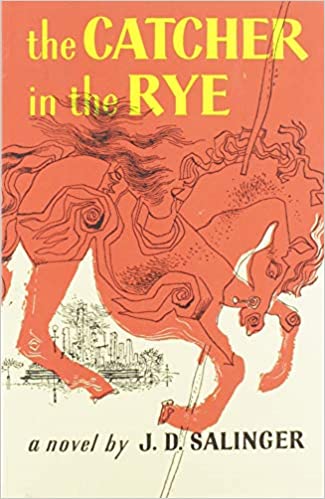
7. The Handmaid’s Tale by Margaret Atwood
Something is appealing about a book cover stripped down to the bare essentials. It could be how it makes the book look more like an object of art, or it could be how it allows the reader to imagine their interpretation of the story. Whatever the reason, minimalism is having a moment in the book cover world. Some of the most iconic book covers of all time are minimalistic in design, including one of the most recent covers of Margaret Atwood’s The Handmaid’s Tale. This version that Noma Bar illustrated features a portrait of a handmaid against a charcoal black background. The female figure is in her signature red cloak and white bonnet, and there’s a little circle close to the lady’s bonnet. There are only three colors in this cover illustration: black, red, and white, all of which offer a powerful contrast against each other. It’s a clever use of minimalism that makes a statement for the book.
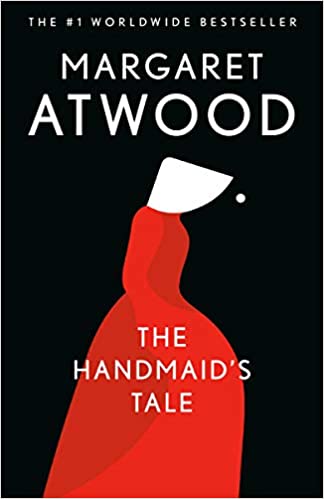
8. The Hobbit by J.R.R. Tolkien
When choosing an illustration for a book cover, selecting an image relevant to the story is crucial. For example, some famous book covers give the potential reader a sense of the book’s setting. By doing so, the reader can visualize the world depicted in the book. The book cover of J.R.R. Tolkien’s The Hobbit is an excellent example of how professionals can use a book cover to reflect the story’s setting. Tolkien illustrated this 1937 cover artwork which shows a misty mountain landscape over a forest, with the sun above and dragons hovering in the sky. Due to budget restraints, the sun and the dragons weren’t originally red in color. Over the years, this original dust jacket illustration underwent multiple iterations to commemorate the book’s anniversaries. Some minor changes were related to color, such as the once-white sun turning red. Still, one thing remained constant for the versions using this artwork: it helped readers envision the universe depicted in the book.

9. Invisible Man by Ralph Ellison
In the world of book covers, there is no shortage of creativity and variety. There are different ways to design a book cover, including using various art movements to create an eye-catching and memorable design. For example, cubist book covers are characterized by their geometric shapes and sharp angles. Among the famous book covers that incorporate this style is the cover artwork for Ralph Ellison’s Invisible Man. Graphic designer and poster artist Edward McKnight Kauffer did an excellent job designing this artwork in 1952, and it’s easy to pinpoint its distinct cubist influence. The arresting cover represents the book’s protagonist with his deconstructed face slowly devoured by invisibility. It’s effortlessly cool even with the minimal use of colors, and despite its creation years ago, the artwork has already proved its ability to stand the test of time.
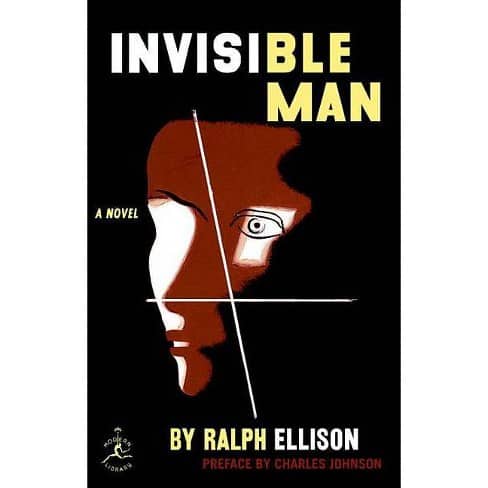
10. The Godfather by Mario Puzo
When used correctly, heavy typefaces can create minimalistic book covers that are both stylish and effective. This ability to balance being rich and light makes heavy typeface an effective tool for creating minimalistic and impactful book covers. That’s something that The Godfather does flawlessly. This design choice is what S. Neil Fujita used for the book, The Godfather by Mario Puzo. The minimalist cover design features a heavy, gothic typeface with a puppeteer pulling those puppet strings leading to some letters in the title. Using white and gold for the text and illustration was a clever contrast against the black background, which makes this cover even more promising. This visually arresting cover was a success and became the poster for its film adaptation.
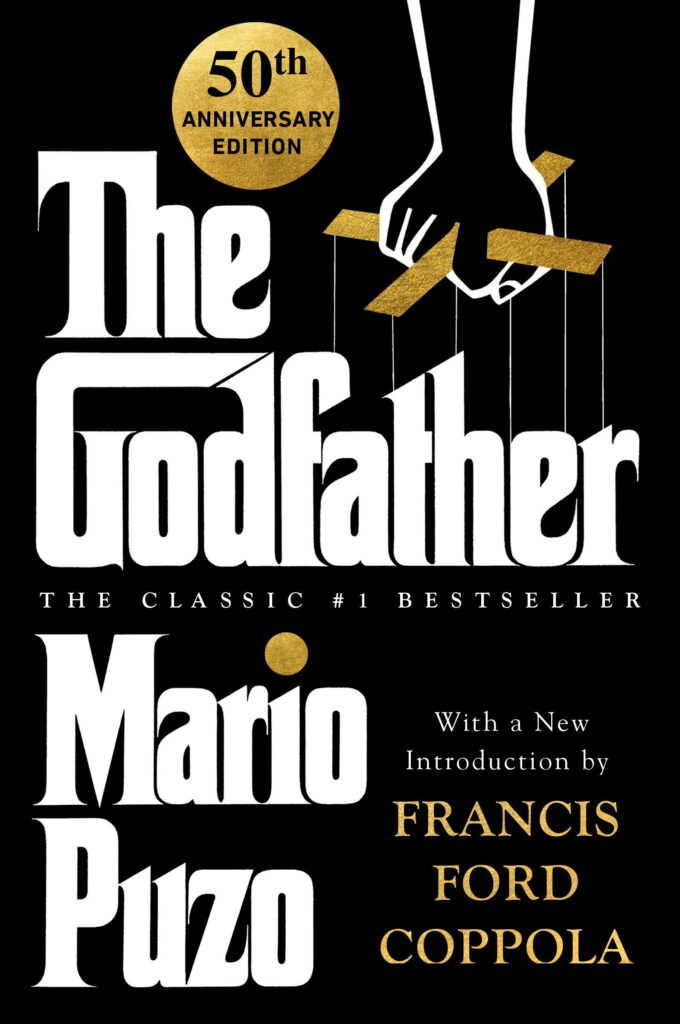
11. The Little Prince by Antoine de Saint-Exupéry
Watercolor illustrations have a soft, dreamy quality that can help transport readers to another world. That’s one of the reasons why authors, illustrators, and publishers prefer watercolor illustrations for book covers, especially for children’s books. Among the famous book covers that use this style is The Little Prince by Antoine de Saint-Exupéry. The original cover shows a young man standing on a planet with several flowers nearby. There’s also a view of space, with celestial bodies like the sun, planets, and stars around. The author illustrated the delicate illustrations on the cover and within the book, which undoubtedly helped set the tone for the story.
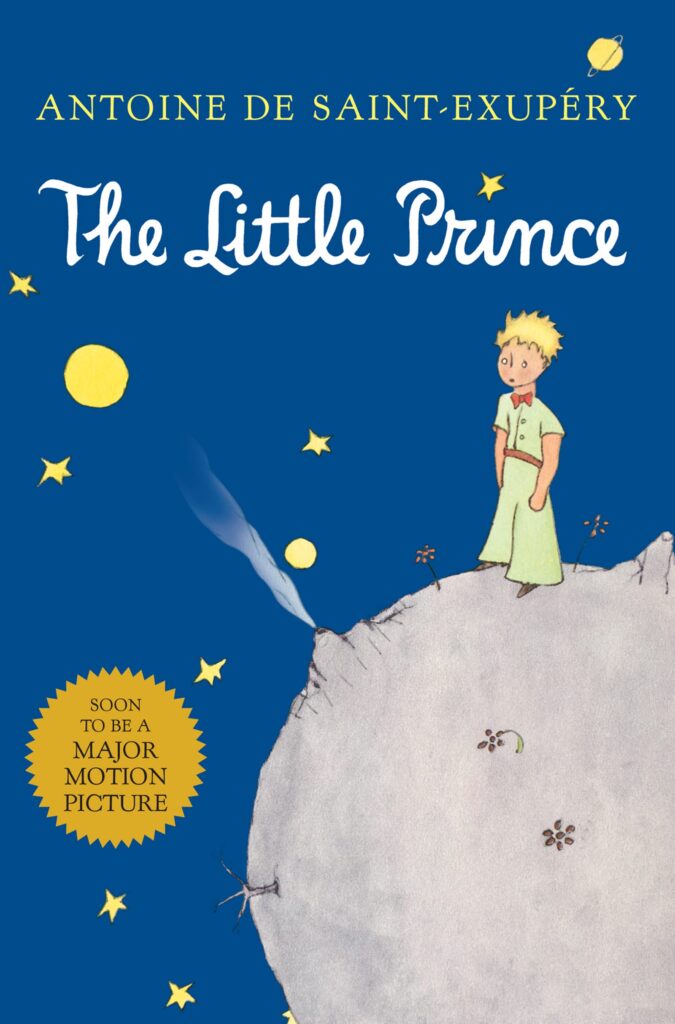
Conclusion
Many famous book covers, including those on our list, are renowned for different reasons. Some are famous because they are iconic and have been used for decades, while others are famous because they are controversial or exciting. However, all known book covers have one thing in common: they are all memorable. Some covers are very literal, featuring an image representing a scene or character from the book. Others are more abstract, using colors, shapes, and symbols to convey the mood or theme of the story. No matter the reason, book covers can be a powerful marketing tool, so make these famous book covers an inspiration for your next project!
For more ideas to inspire your next book cover design, see our Book Cover Ideas Blog!

